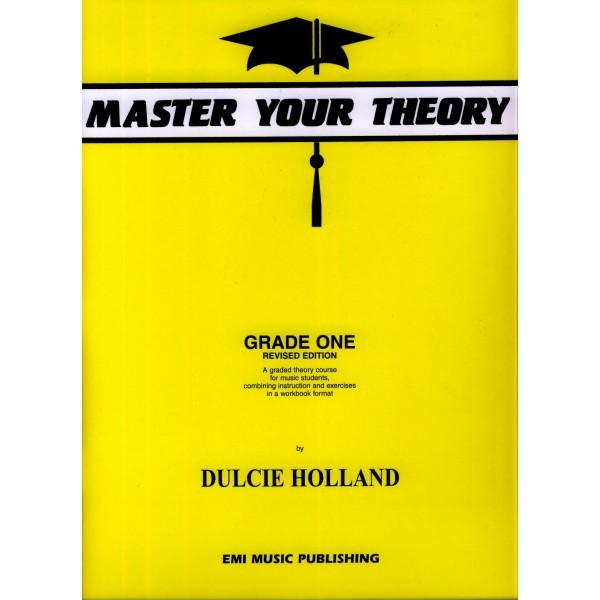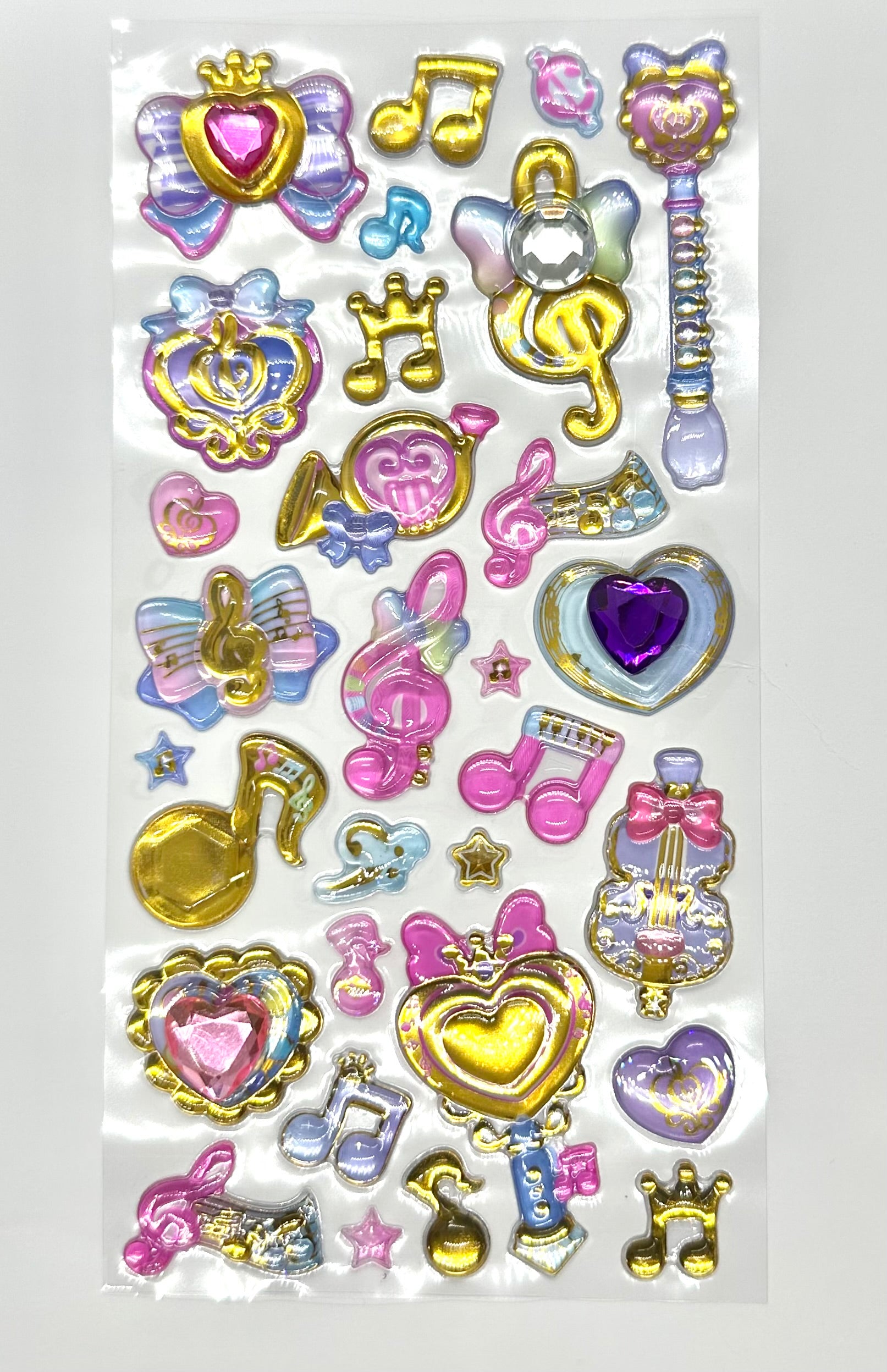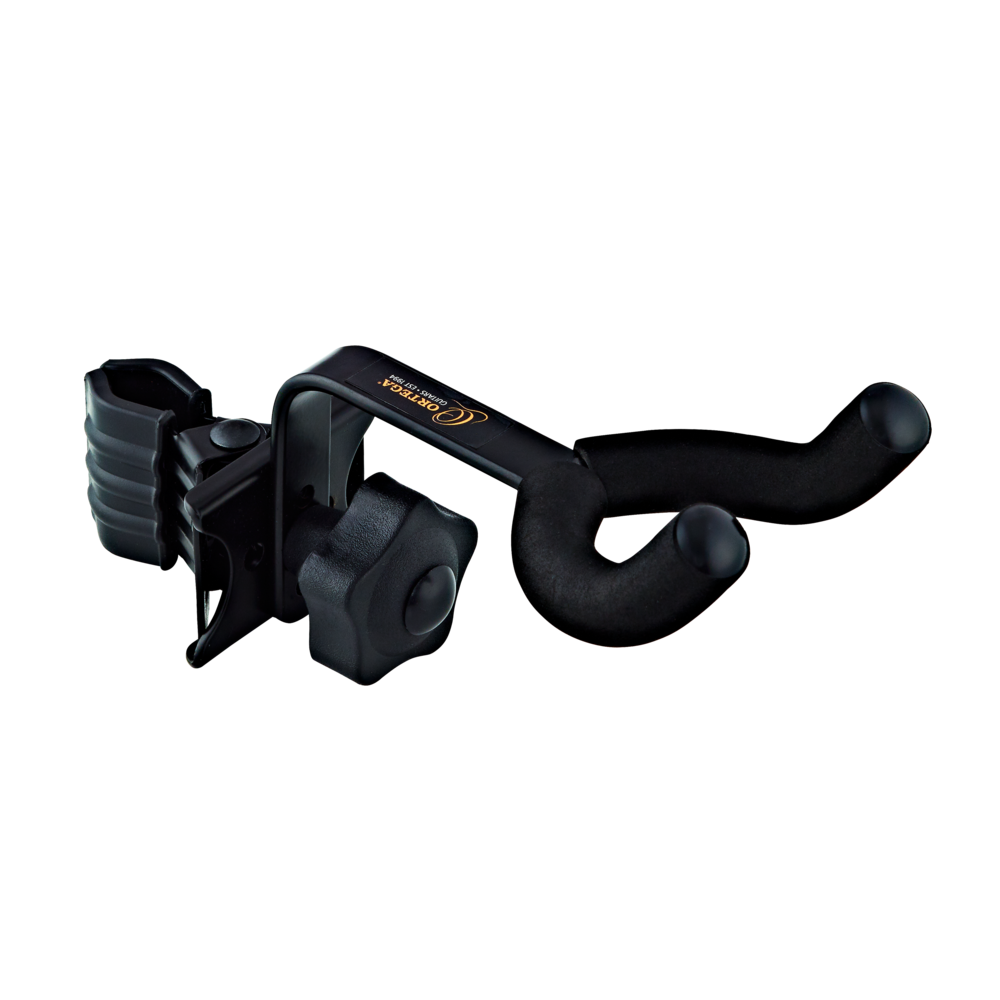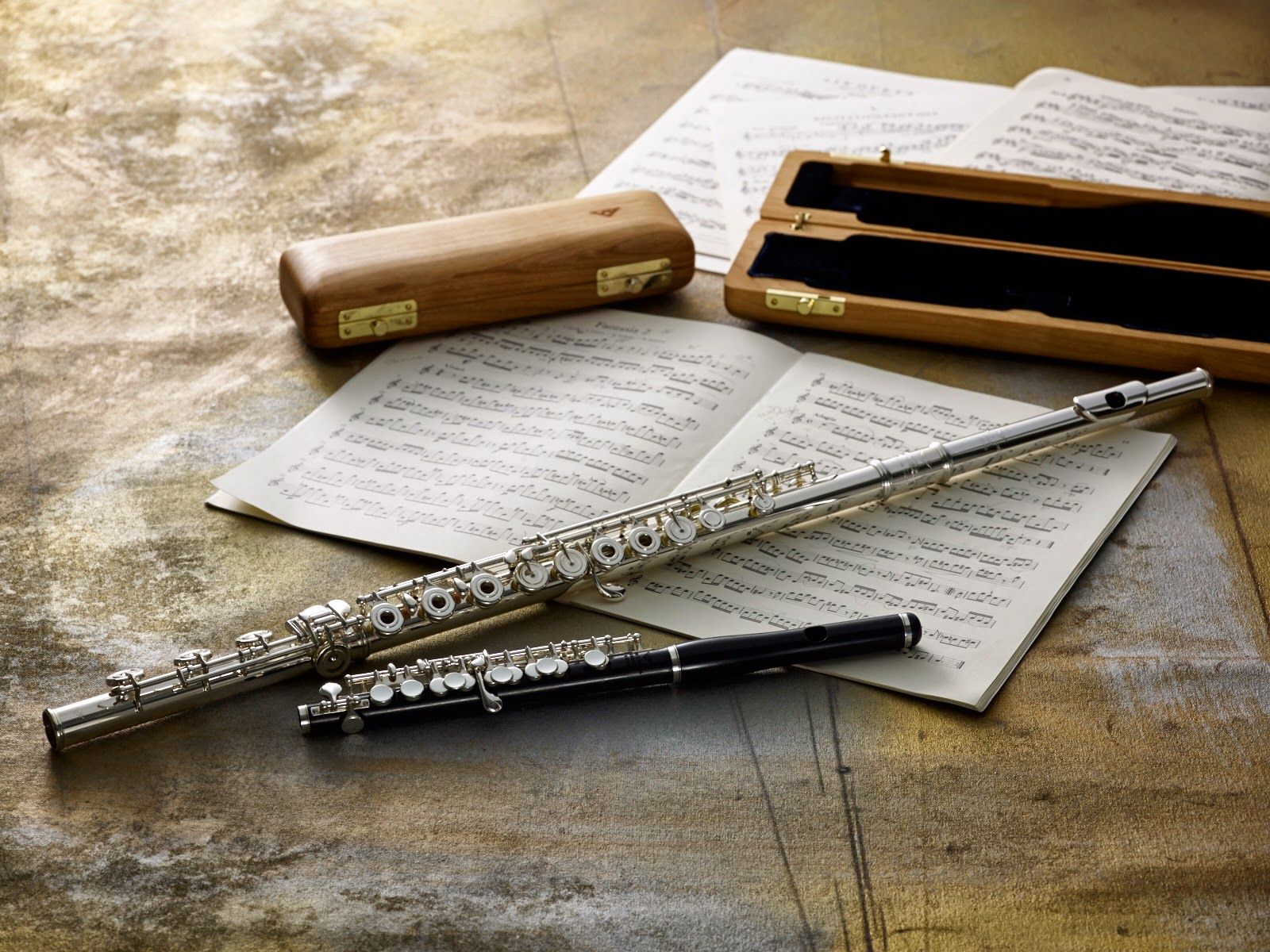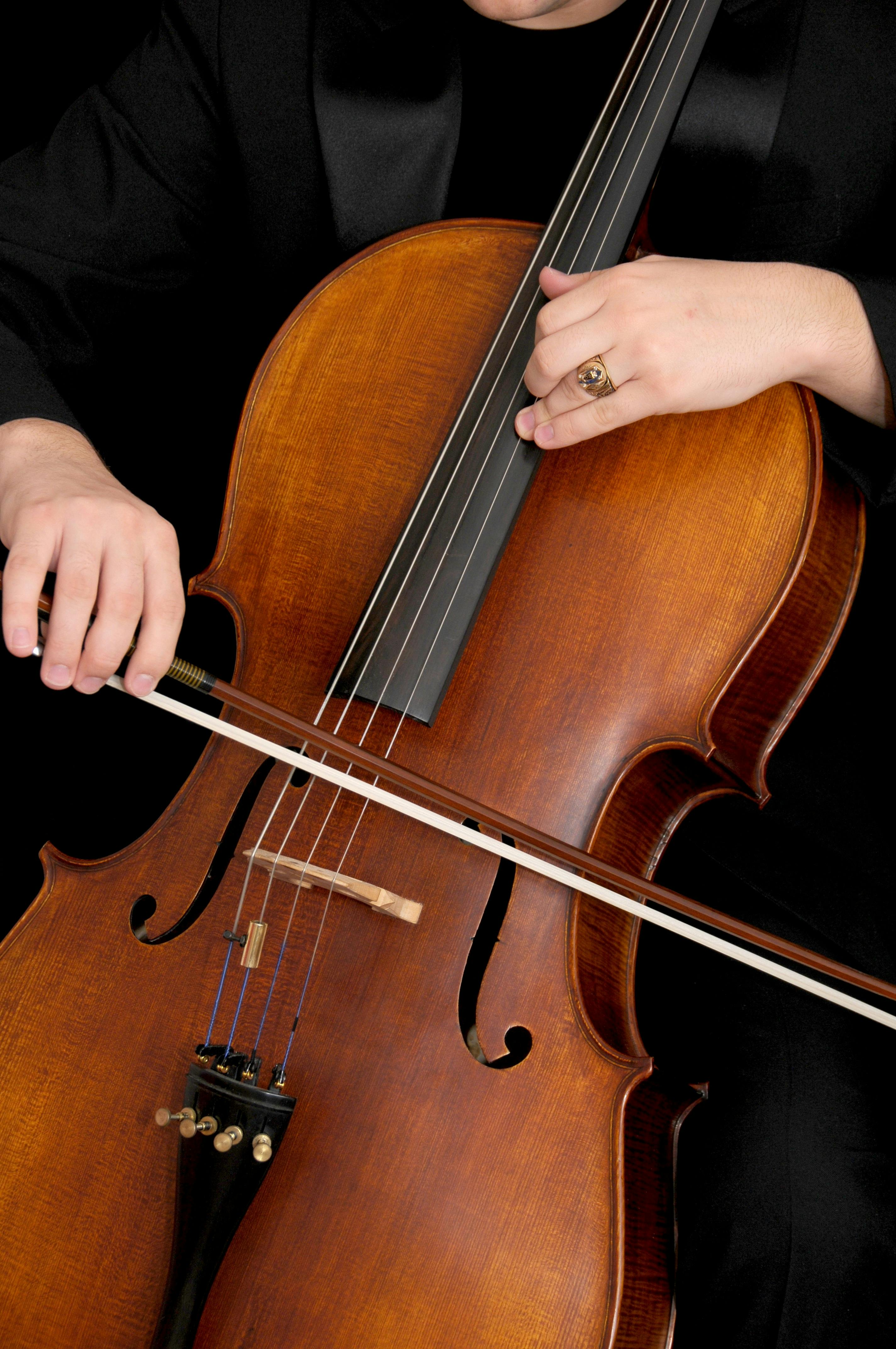Acoustic, Classical, or Electric?
Classical - Classical guitar, also known as nylon string guitars, are generally built for playing classical music. However, they are the most versatile of all the guitars, with the ability to strum and fingerpick contemporary folk/pop music like an acoustic guitar. Classical guitars are also the best choice for young beginners as they have soft nylon strings and are best suited to the teaching methods for young players. For good quality, affordable guitars for young beginners take a look at our Valencia Guitars.
Acoustic- Acoustic guitars, also known as steel string guitars, are geared towards strumming and fingerpicking contemporary folk/ pop music. Acoustic guitars are synonymous with players such as Tommy Emanuel or John Butler. If you are looking strum along to your favourite songs or play some fingerstyle solos then an acoustic guitar is the best choice for you!
Electric- Electric guitars are suited towards playing contemporary genres such as rock, pop, blues, jazz and metal. Electric guitars are the only guitar that properly allows for rock and blues techniques such as bends, tapping, whammy bar, etc. Electric guitars also can be used with effects pedals such as distortion, chorus and delay which can help you vastly alter the tone of your guitar. If you are looking to get into playing blues, rock or metal, an electric guitar is your best choice.
What size guitar should I buy?
Generally young beginners will use a 1/4, 1/2, or 3/4 size guitar. Most teenagers and adults will be best suited with a full size (4/4) guitar. However, if you would like to be sized up properly, come into our store where we are happy to help out.
What Accessories do I need?
For all guitars you will need:
Tuner- a tuner is needed to tune your guitar strings to the corrects notes. Guitars frequently go out of tune and need an accurate tuner to be tuned properly
Music stand- A music stand is needed to place your sheet music on whilst practicing. A music stand can be adjusted to the ideal height to assure correct posture.
Classical Guitar- To play classical guitar you will need a footstool to elevate your left foot in order to achieve the correct classical guitar posture.
Acoustic- To play acoustic guitar you will need a guitar pick to strum chords and pick riffs. You can also buy a guitar strap if you would like to stand up while playing.
Electric- To play electric guitar you will need a guitar pick. You will also need an electric guitar amplifier to create sound as electric guitars make very little noise by themselves. A guitar lead will be needed to connect your guitar to your amplifier. You can buy a guitar strap if you would like to stand up while playing.
Solid Top vs Full Solid
Solid top guitars give a great sound at a more affordable price as the soundboard is made of a solid piece of high quality wood. Full solid guitars will give you the highest quality of tone as they use a solid piece of wood for both the soundboard and the back and sides of the guitar. Also note that Solid top and Full Solid do not apply to electric guitars.
Learn about our range of guitar brands from classical to acoustic and to electric. As a team of guitarists, we sell what we enjoy playing. Only the qualified and meaningful brands are filtered, tested, then displayed in our store.
We bring guitars to guitarists and our brands include:
LEARN ABOUT THE BRANDS
-
Alhambra Guitarras
source: https://www.alhambraguitarras.com/en/about-us
 Founder Mr. Martinez Clavel, Ricardo Llorens, Jose Maria Vilaplana Vilaplana. https://www.alhambraguitarras.com/en/our-origins
Founder Mr. Martinez Clavel, Ricardo Llorens, Jose Maria Vilaplana Vilaplana. https://www.alhambraguitarras.com/en/our-origins
Manufacturas Alhambra S.L., established in 1965, with over 55 years of experience in the construction of the best handmade classical, flamenco and steel string guitars in the world. It has more than 14.000 square meters used for creating unique pieces using a perfect union between the tradition of handmade work and the most modern woodworking techniques.
The company is proud to be a family of 110 skilled workers, each with a solid experience in the craft of constructing stringed instruments. This team benefits from the labor of a design workshop incorporated in the company, which is responsible for investigating and developing new models and processes.
The acquired experience and technique of guitar construction are fundamental to obtain a perfect instrument. The best specialists in this sector work for Alhambra. Trained in the company from generation to generation passing through the tradition and the knowledge of the most refined art of building guitars.
The process begins with the best raw material: fine wood (cedar, spruce, rosewood, ebony, cypress, etc.). They are carefully selected at the place of origin and specifically purchased and imported to manufacture the guitars. Once they arrive at Alhambra's factory, the wood is naturally dried, a process that is lately stabilized through an automatic dry, which is possible thanks to use of use new technologies applied to this sector. Afterwards the different pieces are made, assembled varnished and polished to complete the process with individual tuning and sound control of each guitar.
The quality and reliability of the musical instruments manufactured by Alhambra, are assured thanks to the implementation of a comprehensive production process control system, which begins with the selection of the best raw materials. This is a quality commitment that Alhambra extends through its three-year guarantee and careful after-sales service.
The storage procedures as well as the quickness and punctuality of order fulfillment are improved thanks to new technologies. Every guitar is registered with a digital system that lets it be identified through a unique serial number, allowing the company to certify the origin of each instrument.
Alhambra guitars are widely recognized due to their quality, design and sonority. The superb sonority is a result of the worker's professionalism, their meticulous working method, and their careful selection of woods (especially their solid cedar and spruce tops).
The company has five majors product line:
- Classical guitar
- Flamenco guitar
- Bandurrias and lutes
- Steel string guitar
- Signature models
Alhambra Guitars has specialized in offering the best product to each customer. That is why all its lines have three ranges adapted to the different levels of the instrument: beginner models, models for the conservatory and finally the professional range. Alhambra Guitars, has a wide offer of options that can be used to create an instrument adapted to the specific needs of each customer (cut away versions, customized guitars, special measures, preamps, left-handed instruments, etc...).
Alhambra guitars can be found in more than 70 countries.
-
Aria & Aria Pro II
source: http://ariaguitarsglobal.com/about-aria/
Aria Pro II 1975 Catalogue. https://www.vintagejapanguitars.com.br/en/aria-pro-ii-197x-catalogue/
The History of Aria
“It all started with the classical guitar”, says Shiro Arai, Chairman and the founder of Aria Guitars.
One day, a friend came to visit Shiro’s apartment with a guitar. Shiro was expecting to hear Koga-type Japanese popular music, but instead his friend started to play a piece by Bach. From this moment, he had been inspired by the sound of this instrument forever.
The very next day, Shiro bought his first guitar, costing over two months salary and began to teach himself to play. Now playing day and night, his passion for the guitar brought him to a famous classical guitar master in Nagoya, and soon became one of his students.
Shiro started work for a trading company in 1947, aged 17. In 1953, Shiro and two of his colleagues resigned their positions and founded their own trading firm. After the fledgling company failed after just one year Shiro found himself homeless with nothing but his guitar. In order to live and settle the outstanding debts from this first business he started to teach the guitar.
In 1954 unable to buy guitars, music and strings in Japan’s music stores, Shiro started to import classical guitars, Augustine guitar strings, and musical scores for himself and his students. These were the first classical guitars imported into post-war Japan and included instruments from renowned makers Jose Ramirez and Hermann Hauser. Recognising an increasing demand for guitars from friends and players throughout Japan, Shiro grasped the opportunity to start his own business. On August 2nd, 1956, ARAI & CO., INC was founded. Aria Pro II Catalogue 1976 Vol. 2. Aria Pro II components. https://www.vintagejapanguitars.com.br/en/aria-pro-ii-1976-catalogue-vol-2/
Aria Pro II Catalogue 1976 Vol. 2. Aria Pro II components. https://www.vintagejapanguitars.com.br/en/aria-pro-ii-1976-catalogue-vol-2/
At this time, although demand for classical guitars and accessories were increasing, it was still comparatively low and business was supplemented with other products including woollen material.
The name, “ARIA”, which means expressive melody, was first used in 1958 when Arai exported Japanese built classical guitars fitted with steel strings to South East Asia in 1963. Also the letters of his name “ARAI” were just switched around to “ARIA as he recalled.
Shiro embarked on a tour of the US with two of the best Japanese KOHNO guitars. At that time Japanese guitars had a poor reputation for developing body cracks and warped necks after being exposed to drier conditions abroad. It was Shiro’s intention to prove how good Japanese guitars were by performing and showing to fellow guitarists, teachers and music shops. After two months these guitars also started to crack.
Even the best available Kohno guitars faced the same problem. Shiro took these cracked guitars back to Japan to show their makers just how vital it is to use properly seasoned tone woods. This trip gave Shiro the experience and knowledge to improve the quality of guitars and export Japanese guitars worldwide.
It was as early as the late 50’s when Arai started to import Fender guitars and amplifiers from the US, although at that time the Japanese market was not quite ready for the electric guitar! With the advent of rock n’ roll demand for electric guitars took-off. Arai released its first ARIA brand electric guitars in 1963. Exporting to the US followed with models including the 1532T and 1802T.
To counter the decline of the solid body electric guitar boom, Arai released the Aria Diamond series hollow body semi-acoustic guitars. Aria Diamond was named after the imitation diamond inlayed into the headstock. This series lead to the release of the 1202 and 1302 models in 1966 and caused nothing short of a sensation in Japan. From 1967 Aria added a variety of models including the solid body 1962T, R-320, and violin shaped 12-string and bass guitars, and a full acoustic guitar, the 1262.
In 1975, Aria Pro II was developed from Aria’s custom shop making high-end models for professional users. In 1976, Aria Pro II released its first original model, the PE-1500.
PE (Prototype Line) is a classic Aria design, also known as the legendary masterpiece, it featured an arched top, and all maple carved body with Aria’s original “heel-less neck and DiMarzio Super Distortion Humbucking Pickups. Primarily designed for tone and playability, the PE series has been modified to match today’s trends while keeping its original features and timeless design.
In 1978, Aria Pro II released another long-selling model, the SB-1000. The SB-1000 was highly regarded throughout the world and came to represent everything that was good about Aria and Japanese guitar building. Featuring a Canadian Ash body with neck through body and, to enhance playability, a heel-less neck. For its original tone, SB featured the Aria original BB circuit. Its exotic see-through finish and the eye position marks make the SB amongst the most distinctive basses ever made.
Aria Pro II led the way with the 80’s shift to Hard Rock and Heavy Metal. Releasing many models such as XX, ZZ and U-1. Whilst not abandoning their routes also re-established the semi-acoustic guitar models, FA and TA. The 80s, also saw the introduction of the famous IGB (SB INTEGRA) bass series.
In the early 1990s, after the heavy metal rush, Aria Pro II released one of its favourite original models, the MA series to reinforce the PE and SB line-ups. MA series bodies are constructed with innovative crystal shaped carved top and back.
Continuing its remarkable progress, Aria released the very unique concept of the SWB (electric upright bass) series to the world in 1992. The SWB range offers compact modern design and features the Fishman custom bridge Piezo pickup and active tone circuit.
Aria has been at the forefront of guitar and Japanese guitar building excellence for 60 years, which means a wealth of experience and acquired expertise. The core value remains the same today, to constantly strive to achieve a higher level of excellence, quality and value for musicians."
-
Faith Guitar
source: https://www.faithguitars.com/who-are-faith-guitars

Founded in 2002, Faith Guitars are the passion of a small team of seasoned guitar experts based in Shropshire, England and led by world-renowned British luthier, Patrick James Eggle.
Patrick says:"My approach to building guitars could easily be described as obsessive. My life has been driven by guitars of all types since I was a young boy, and having built my first instrument at the age of 15, I have been refining the design ever since."
"Much like a sculptor or material artist, I start with a clear picture of the end result. Then I choose the appropriate tonewoods, bracing pattern and touch-point materials, and can set about the process of shaping these raw materials into both a playable and desirable instrument."
"Whether it’s one of my own UK-built PJE guitars or one of my Faith designs, my goal is the same: the creation of an instrument that is both highly desirable and highly functional. A piece that would be as visually effective when silent as it would be sonically when in the hands of a skilled musician."
Here at Crescendo, we can recognise that Faith Guitars is a brand that has worked closely with one (or many) master builder (PJE himself in this case). The details in crafting the guitars, the choice and grade of tonewoods that they use, and the description of each model guitar that they craft. Aside from their company philosophy, their guitars simply sound amazing. Simple as that.
For the price you pay, all Faith Guitars are all solid timber, equipped with quality Fishman pickup, and delivered in a protective bag/case. Not to mention the powerful yet controllable tone from these guitars. It is no wonder that Faith has won Acoustic Guitar of the Year four years in a row.
-
Hagstrom
source: https://www.hagstromguitars.com/stories/hagstrom-history.html

Frankfurt Musik Messe, 1961. Karl Erik Hagstrom and head of sales Roland Beronius display Hagstrom and Bjärton guitars.
In 1958, the first Hagstrom electric guitars were built. Covered in sparkle and pearloid celluloid with stamped metal logos, they featured an ingenious use of materials previously used in their accordion production. Over time Hagstrom’s range of instruments expanded into classic designs such as semi-acoustic and jazz models (“Viking®” and “Jimmy”), solid-bodies (“Swede” and “Super Swede”), and electric basses. The world’s first 8-string bass, the “H8”, was introduced, and became an instant success. Hagstrom guitars became known world-wide for their professional quality, excellent playability, unique features, and great value.
Hagstrom Store Drottninggatan Stockholm
We have gone to great lengths to re-create the modern Hagstrom range using original designs and production techniques. Our manufacturing team searches the world to find the best raw materials and hardware, and then supplies our manufacturing partners with the detailed specifications and guidance necessary to authentically re-create Hagstrom’s classic models. Hagstrom’s unique H-Expander™ truss-rod, bridge and tailpiece designs, and other cosmetic features such as logos and headstock designs are all authentically re-created, and based on original specifications and drawings. Our pickups are custom-wound and carefully based upon original designs and voicings.
Rich Heritage & Modern Features
Hagstrom’s tradition of innovation continues with careful introduction of more modern features and design enhancements, without compromise to our traditions. For example, fingerboards are now made of our unique Resinator™ wood, with resonance and sustain qualities far superior to anything ebony or rosewood can offer. Original tuning key designs have been slightly updated to make them easier to use, and electronics controls have been enhanced where appropriate to appeal to modern playing techniques. We’ve also expanded the range by introducing the Ultralux and Northen Series to meet the needs of modern players. Every step of the way we have strived to deliver the same exceptional performance at surprising value, which is the historical foundation of Hagstrom’s reputation.
Among the artists playing Hagström guitars are Frank Zappa, David Bowie, John Lennon, and Elvis Presley, and groups such as (of course) ABBA and Blue Swede, Nirvana, The Eagles, Foo Fighters, and Genesis.

